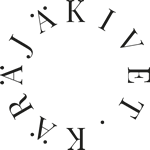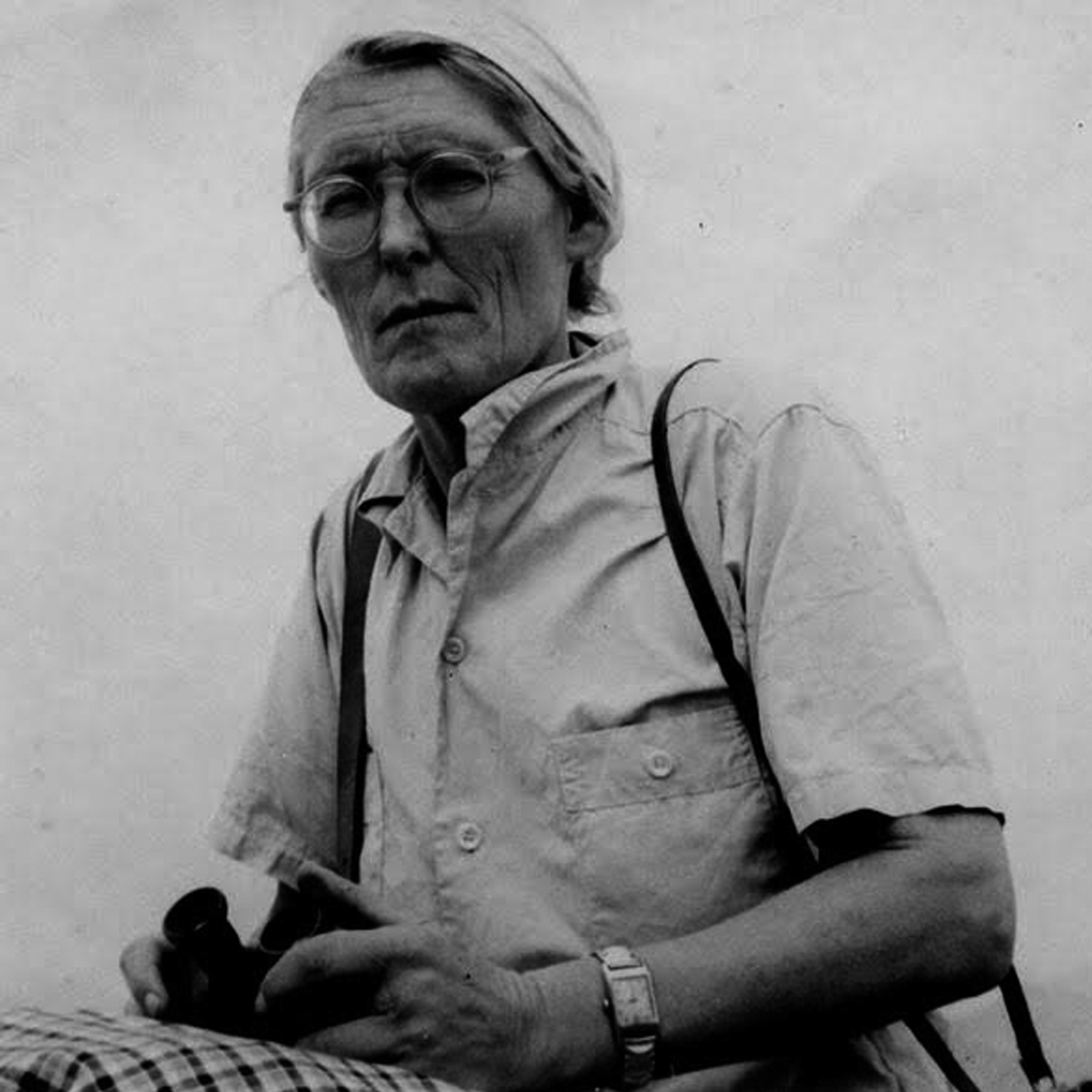Born 1903, was a German-born Peruvian Mathematics, Geologist and Pedagogue who went to Peru in 1932 to work as a teacher in the house of the German consul in Cuzco. After two years in Cuzco she moved to Lima, where she met the American specialist for ancient irrigation systems – Dr. Paul Kosok.
In December 1941 Maria travelled the first time to Nazca. Dr. Kosok had asked her to take a look at the strange, dead straight depressions in the desert, which look like lines. At first he thought these were irrigation ditches, but then he suspected that it is an astronomical calendar installation.
She started her research work in the desert of Nazca in 1946. In the first days of June 1946 she found a stylized drawing of a spider between the lines. Little by little she discovered more and more of the geoglyphs, but at the beginning it was not her main task. With measuring tape, sextant and compass, later also with a theodolite she measured almost 1000 lines and investigated them for their astronomical orientation.
She investigated the Nazca drawings for more than 40 years.
From 1955 she fought in many ways for the protection of the Nazca Lines. Forty years after in 1995 the Nazca Lines were declared a UNESCO World Heritage Site.
Maria Reiche died on June 8, 1998 and was buried near Nazca with official honors.

